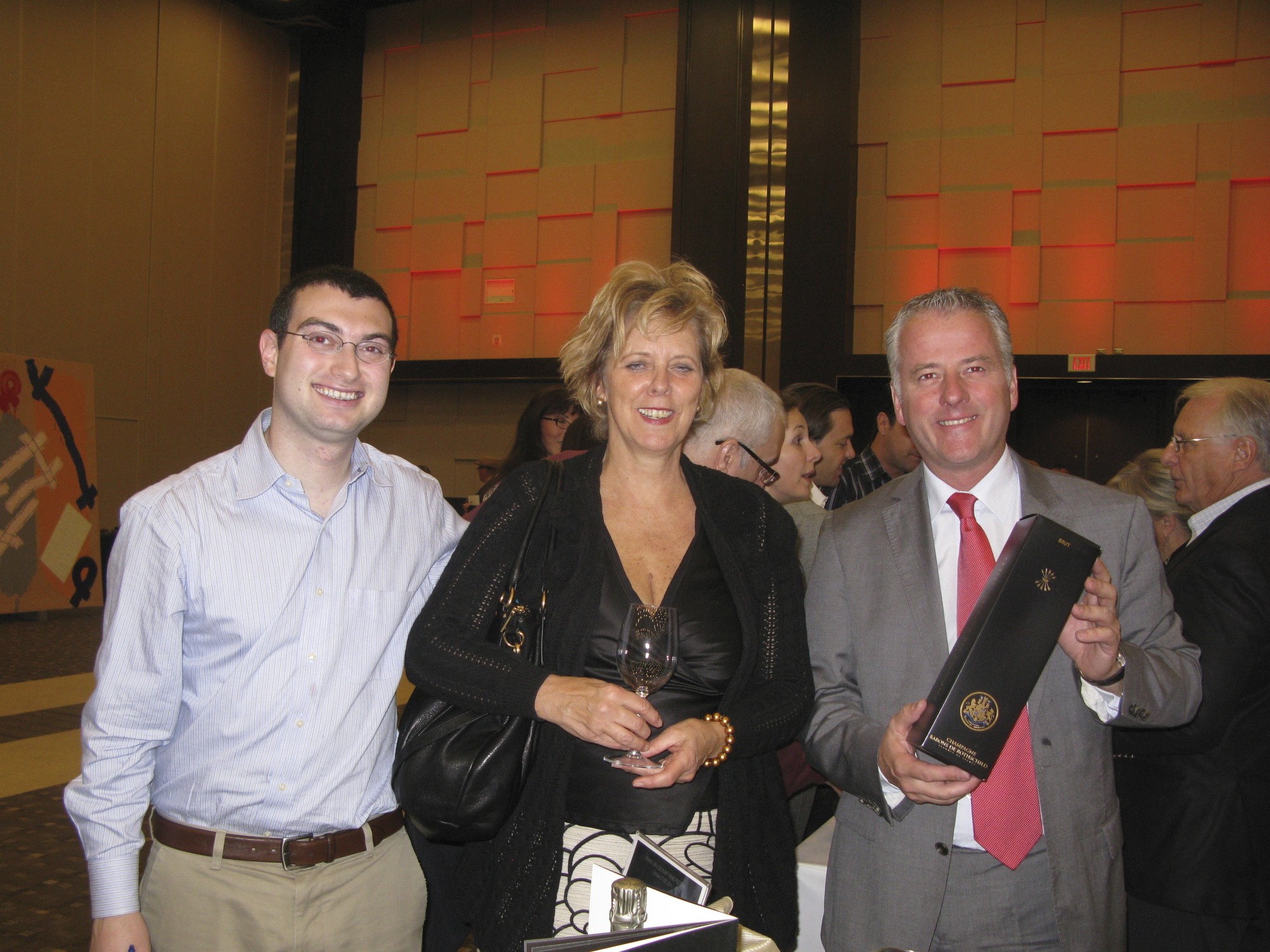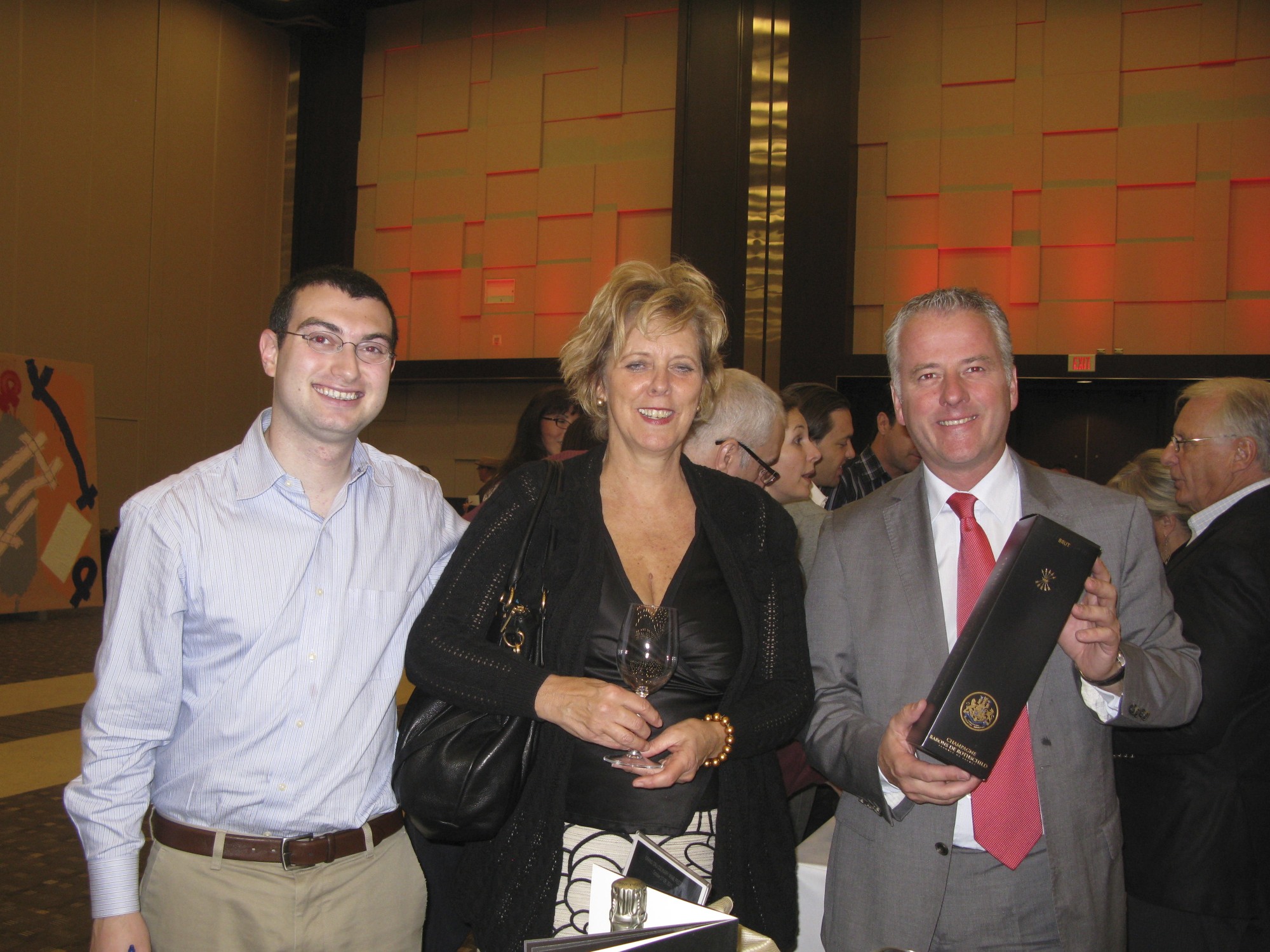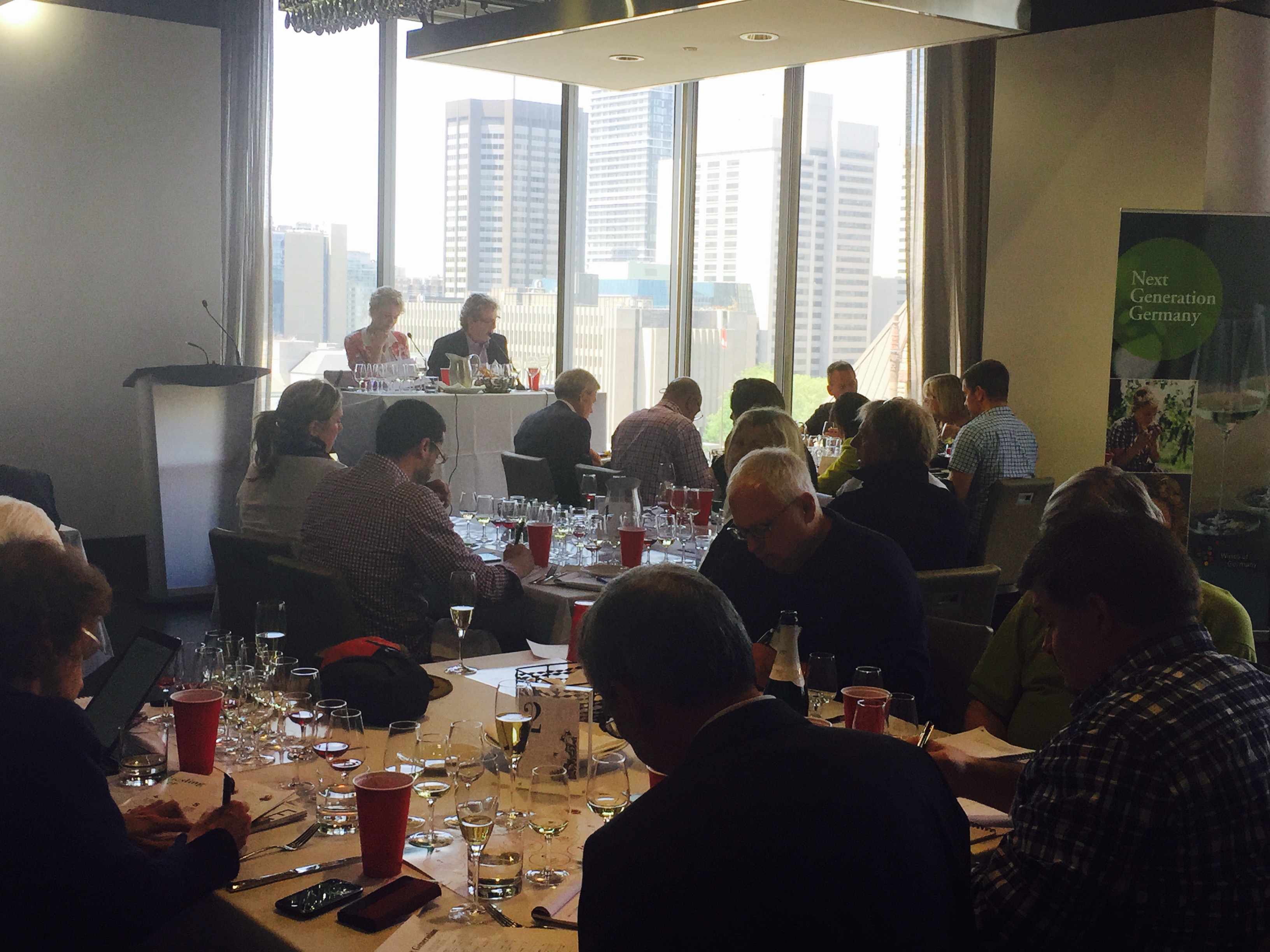 Wines from Germany are represented again on wine lists of top restaurants and they have gained success in national and international wine competitions.
Wines from Germany are represented again on wine lists of top restaurants and they have gained success in national and international wine competitions.
What has happened?
“Next Generation Germany” – These are new generation wines, feature a reinvented taste and grape composition yet are made by traditional wine producing establishments – even some of the labels have been redesigned with a modern twist.
This next wave of winegrowers, winemakers, and managing directors are well educated, internationally oriented, and are an ambitious younger generation under the age of 35.
Canadian Wine Journalist David Lawrason led the Toronto trade tasting last week, along with German Wine Queen Janina Hahn. They discussed some of the under-35 style influencers, and explored new varieties and styles.
Also discussed some of the 2012 VDP Classification changes:
- Hierarchy will more closely mirror the Burgundian model of Grand Cru and Premier Cru
- Grosse Lage replaces Erste Lage as designation for top category
- Grosse Lage wines: best dry wines and traditional Prädikat wine from the top sites
- Regional terms for dry wines will continue to be used − Grosses Gewächs and Erstes Gewächs
- Klassifizierte Lage: wine from good sites will be reviewed with the aim of reducing the number of vineyards
- The introduction of the name Erste Lage for these classified sites will be optional on a region by region basis
- The terms Grosse Lage and Erste Lage will fall under the new category of Langenwein
2012 VDP Appellations of Origin
- Grosse Lage
- Erste Lage
- Ortsweine
- Gutsweine
Trends discussed:
- More use of large oak uprights vs. stainless steel
- Choice of closures: screwcap vs. cork
- Increase in use of indigenous yeasts vs. cultured yeasts
- Increasing use of Burgundian techniques: batonage and barrique
We tasted seven Rieslings and five Spätburgunders (Pinot noir) which were paired deliciously with traditional German fare like pickled herring, smoked port belly sauerbraten and limburger.
This new initiative appears to be very successful because the wines tasted were consistently very good and more in line with what we now expect of wines that should work well in combination with food.
Weingut Hedesheimer Hof 2013 Riesling Dry
Weingut Kunstler 2013 Riesling Dry
Burklin-Wolf 2012 Altenburg Riesling Dry
Kruger Rumpf 2012 Riesling Dry
Kruger Rumpf 2007 Riesling Dry
Max Ferd Richter 2013 Riesling Spatlese
CH Berres 2012 Riesling Auslese
Weingut Langenwalter 2012 Spätburgunder
Winzergenossenschaft Konigsschaffhausen
2012 Spätburgunder
Thorle 2012 Spätburgunder
Weingut Salwey 2012 Spätburgunder
Weingut Salwey 2004 Spätburgunder
What I learned about Rieslings –
For me simply sniffing a Riesling is a great pleasure – with hints of apple, citrus, peach and apricot.
Riesling is the most widely planted white grape variety in Germany, with 22,387 ha, with the main regions being, Pfalz, Mosel, Rheinhessen and Rheingau – this is 60% of all the Riesling in the world. The Riesling grape variety depends on the type of soil it grows in – heavy clay soils promote a citrus fruit aroma, red sandstone ensures flavours of apricot and slate soils create a concise mineral note, which is at time similar to flint. It’s good to know that Rieslings age beautifully.
What I learned about Spätburgunders –
Germany has an historic heritage of Spätburgunder (pinot noir) production, stretching back over 700 years, when Cistercian monks first took their grapes with them from Burgundy. Germany’s ascendency to emerging world class Spätburgunders largely dates from the late 1980s when the winemakers came back to fermenting skins with the must (take colour from the skins by alcohol not by heat). In this respect, German Spätburgunder is ‘newer’ than parts of the new world. Germany has the third largest plantings of Pinot Noir in the world after France, and USA. Spätburgunder is the most widely planted black grape variety in Germany, with 11,769 ha, with the main regions being Baden, Pfalz, Rheinhessen and Wurttemberg.
Spätburgunder has become more popular than ever and the great ones that have been hoarded in Germany by top restaurants and is rapidly gaining prominence in abroad for good reason. Spätburgunders have been compared to Pinot Noirs from Burgundy.

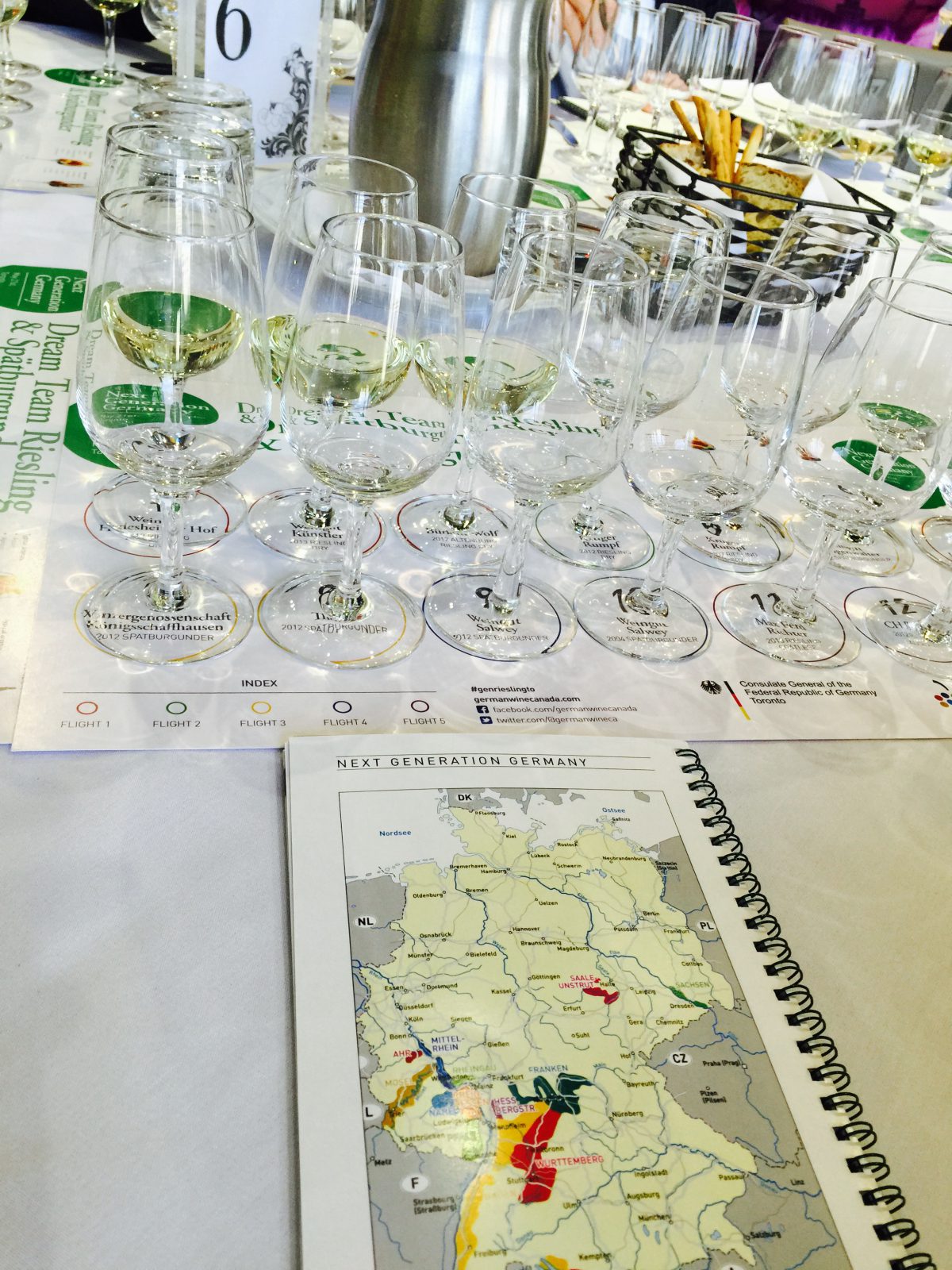

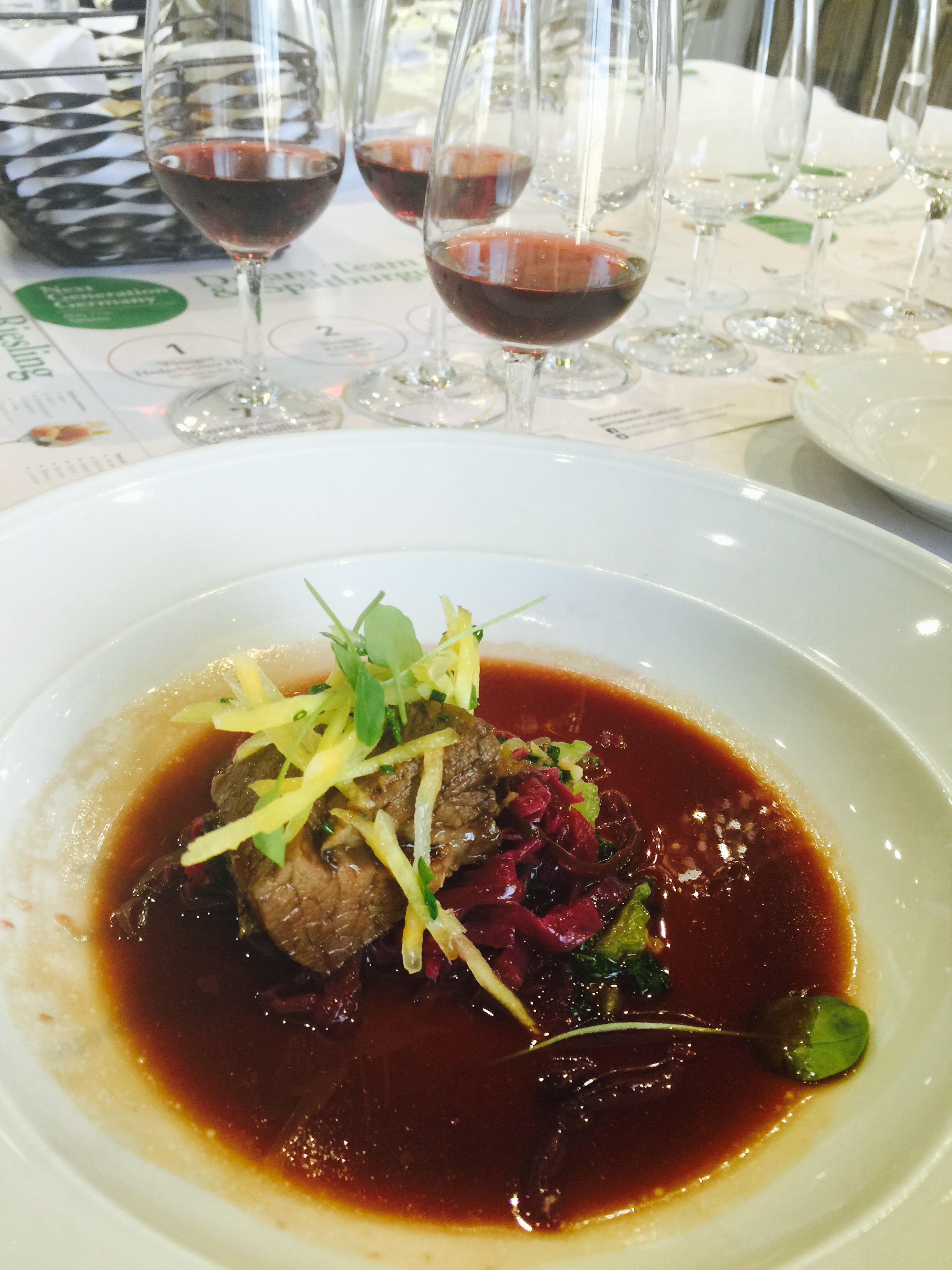


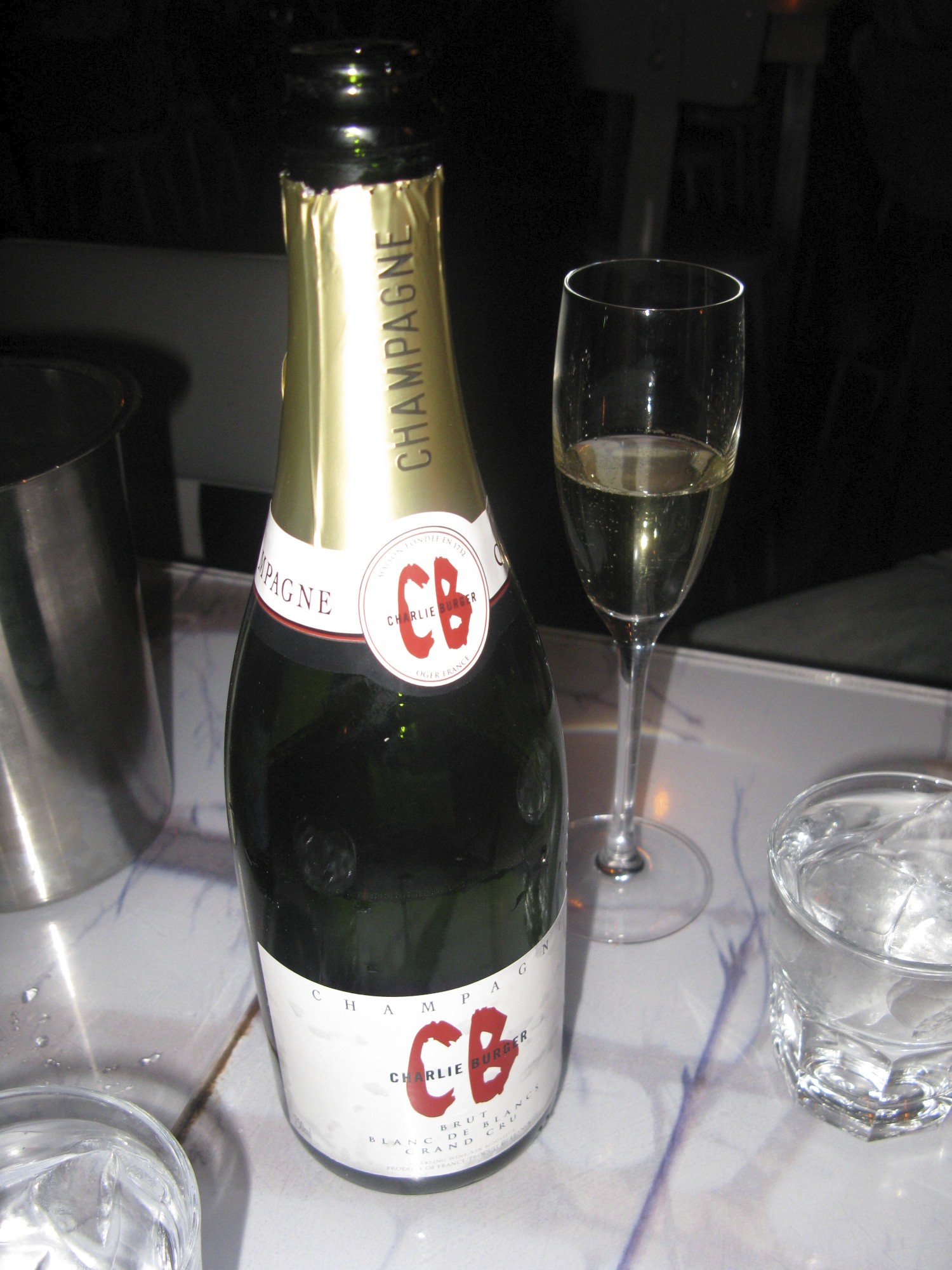 If you’ve heard of Charlie’s Burgers, the stories have most likely been shrouded in mystery and intrigue. This auspicious, boundary-pushing, word-of-mouth popup-dining destination is the brainchild of Toronto resident Franco Stalteri.
If you’ve heard of Charlie’s Burgers, the stories have most likely been shrouded in mystery and intrigue. This auspicious, boundary-pushing, word-of-mouth popup-dining destination is the brainchild of Toronto resident Franco Stalteri.